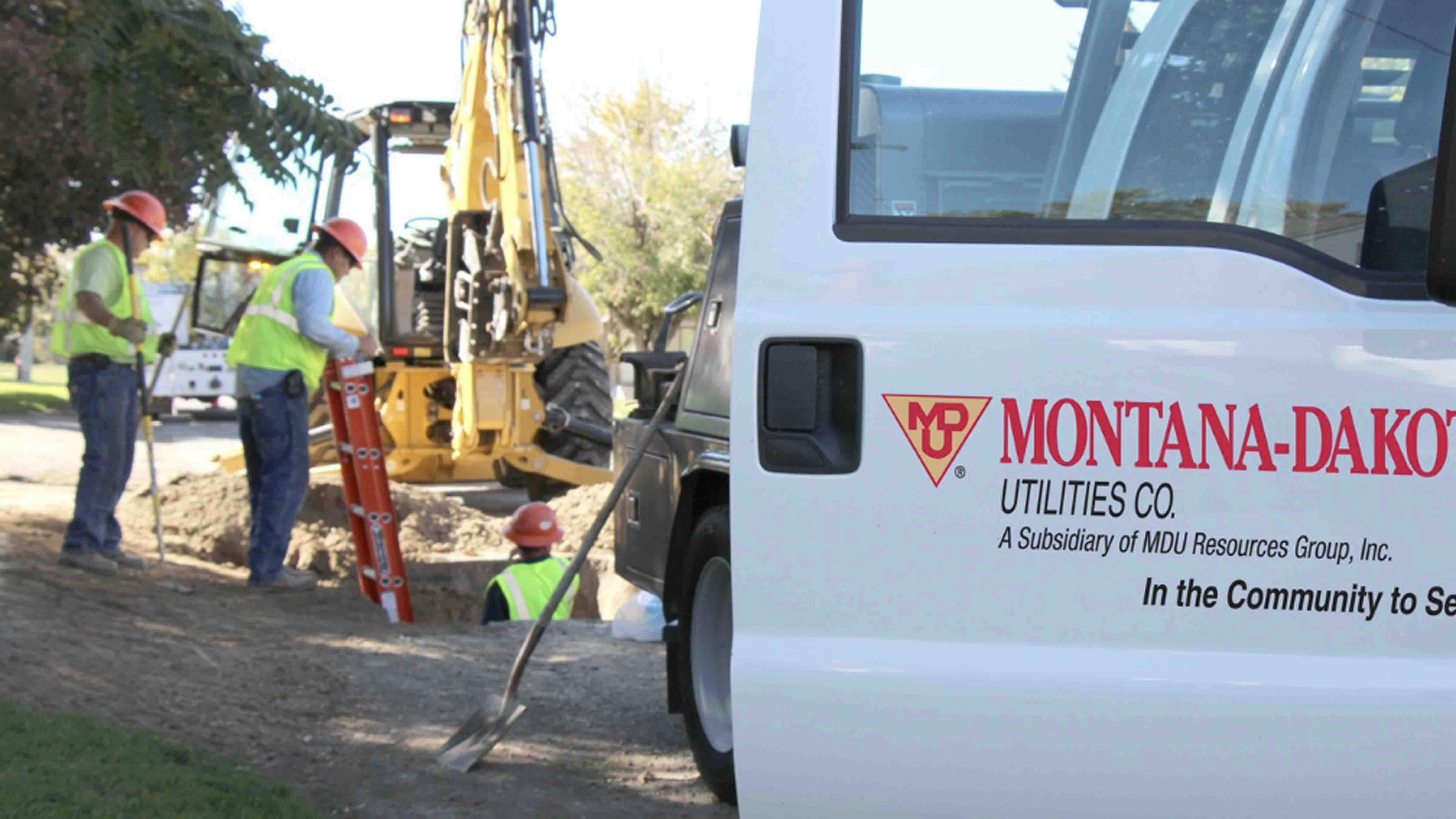CHEYENNE – As it enters its third decade of existence, the Wyoming Business Council finds itself at a crossroads.
When it was founded in 1998, the state’s formal economic development agency saw physical infrastructure as the key to business development in the state – the “if you build it, he will come” approach, to borrow a line from the film “Field of Dreams.”
Its response was the Business Ready Community grant and loan program, which launched in 2003 and has since provided nearly $389 million to cities, towns and their respective local economic development organizations.
“Coming out of the ’90s there was really a lack of investing in infrastructure broadly in the state. I think that includes the hard infrastructure – roads, water, sewer – but also infrastructure in terms of workforce training, university training,” said Wyoming Business Council CEO Sean Reese. “That has really been the bulk of what the Business Council has done over the past many years.”
Now, however, WBC leadership is reevaluating its approach to business recruitment and retention, seeking to add diversity to its toolbox of grants, loan programs and technical assistance offerings with the aim of helping a broader spectrum of stakeholders and industry groups.
The Business Council estimates about $1.4 billion in private capital investment has come into Wyoming as a result of Business Ready Community-sponsored projects, or roughly $3.64 in private investment for every $1 WBC spends. It’s a figure Reese is proud of, but one he knows can’t last unless the Business Council stays responsive to the evolving needs of both established industries and potential newcomers.
“We need diversity of tools. The businesses and entrepreneurs we’ve talked to, they say ‘We don’t always need help building a building or a sewer.’ Some are entrepreneurs who need access to capital, or to help recruit companies that fit within an industry’s supply chain,” Reese said.
Interconnected supply chains and access to high-speed broadband Internet have become just as important to burgeoning businesses as roads and water pipes, and it’s those needs Reese said the WBC wants input on as it uses the summer to revamp its portfolio of programs and services.
To kick-start the process, WBC this spring published a new strategic plan seeking to position Wyoming to “prosper no matter the economic climate or status of individual sectors.” To do this, WBC is renewing its focus on two areas: adding value to the state’s established industries and laying the foundation for new economic sectors to build upon.
“The big dogs in Wyoming’s economy are energy, tourism and ag,” Reese said. “But we also know when you compare Wyoming’s economy to the nation or the globe, there are certain sectors underrepresented in Wyoming we want to activate: health care, finance, professional services, the information sector, arts and culture.”
By leveraging its role as the state’s formal administrator of certain federal aid programs, Reese said the Business Council has the chance to prioritize innovation, technology and outreach to new markets using underutilized avenues.
“What gets lost a lot is the Business Council being the state economic development agency, meaning there are state and federal economic programs we can activate,” said Ron Gullberg, the WBC’s Business Development director. “For example, what agriculture needs is access to new markets; that’s not necessarily infrastructure, it’s help with logistics and connections.”
Gullberg said that WBC recently partnered with a Wyoming rancher to access funds through the Small Business Administration’s STEP program. Short for “State Trade and Export Promotion,” STEP is a three-year pilot initiative that provides matching-fund grants to help eligible small businesses access international markets.
“It covers up to $4,000 in travel costs to go over, do market research, have direct meetings with buyers,” Gullberg said. “We’ve got a Powell producer working with two restaurants over in Taiwan to supply Wyoming beef. So now without any marketing dollars spent over there, there’s word of mouth spreading about Wyoming beef at these two restaurants.”
That effort also underscores a greater push within the WBC to consult more closely with individual industry partners in the same way it has with municipalities. That’s something WBC Chief Strategy Officer Sarah Fitz-Gerald said will be especially important for understanding and attracting new or unorthodox industries.
“Our focus in the past was really driven more by communities and what they needed. Now we’re finding a sweet spot between what communities need and what industries need,” Fitz-Gerald said. “And our programs aren’t necessarily going to be off-the-shelf responses to what they need because those needs are going to change.”
Smaller towns in the state’s more rural areas should also expect to see more attention from the WBC going forward, Reese said, particularly as technology and connectivity innovations provide new ways of getting around some of the logistical challenges of such a wide-open state.
“These new economic sectors, they’re different; people can work remotely, and we can increase the connectivity of those communities through things such as broadband, tele-health, regional air service,” Reese said. “Those are things where we’re working on initiatives, but we’re also working with communities to get them to work regionally. We have more financial tools, things such as opportunity zones, that require training communities to think about different ways to structure projects in ways they can do on their own.”





